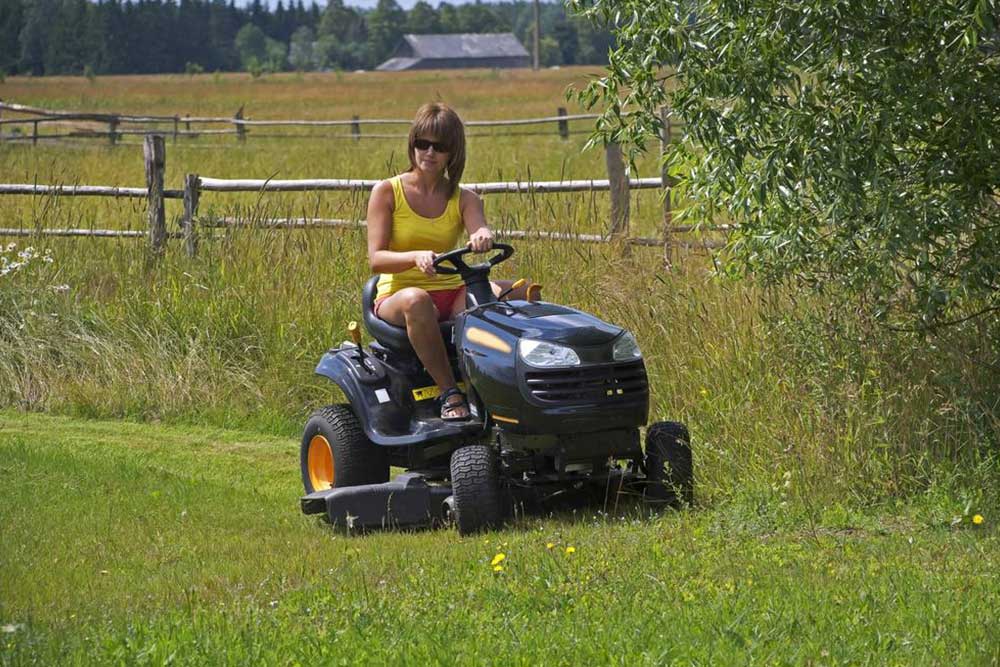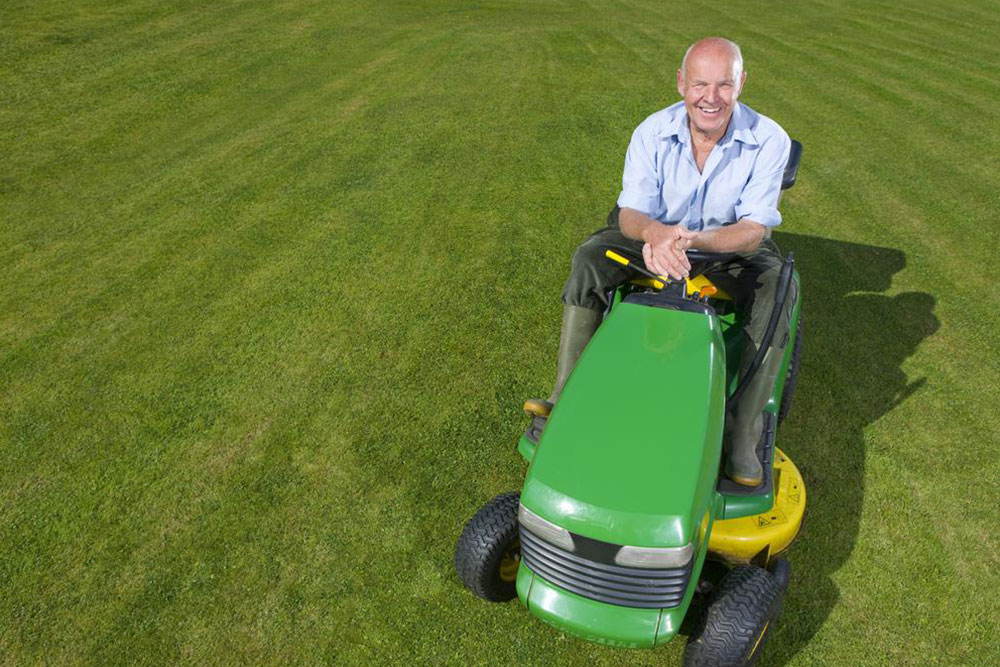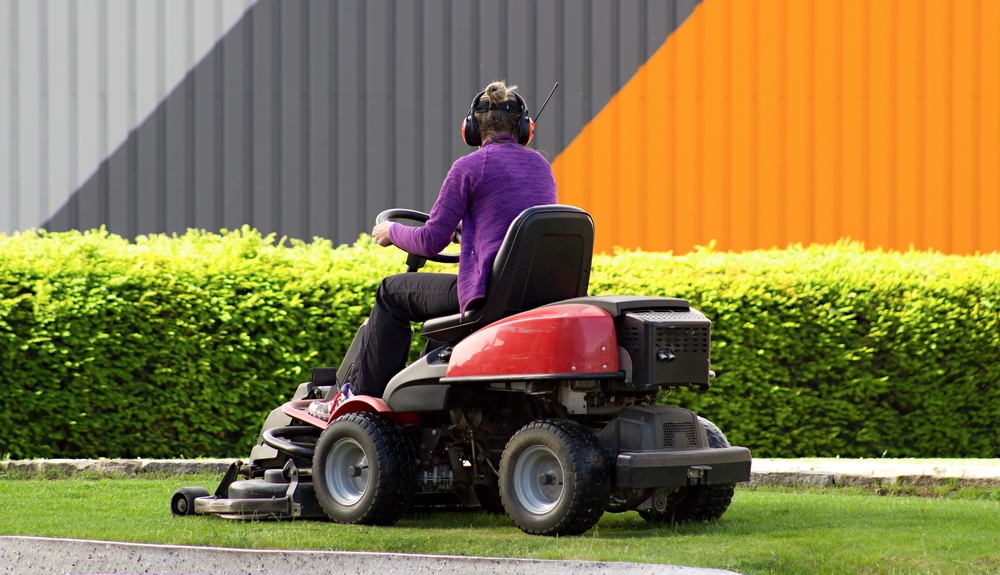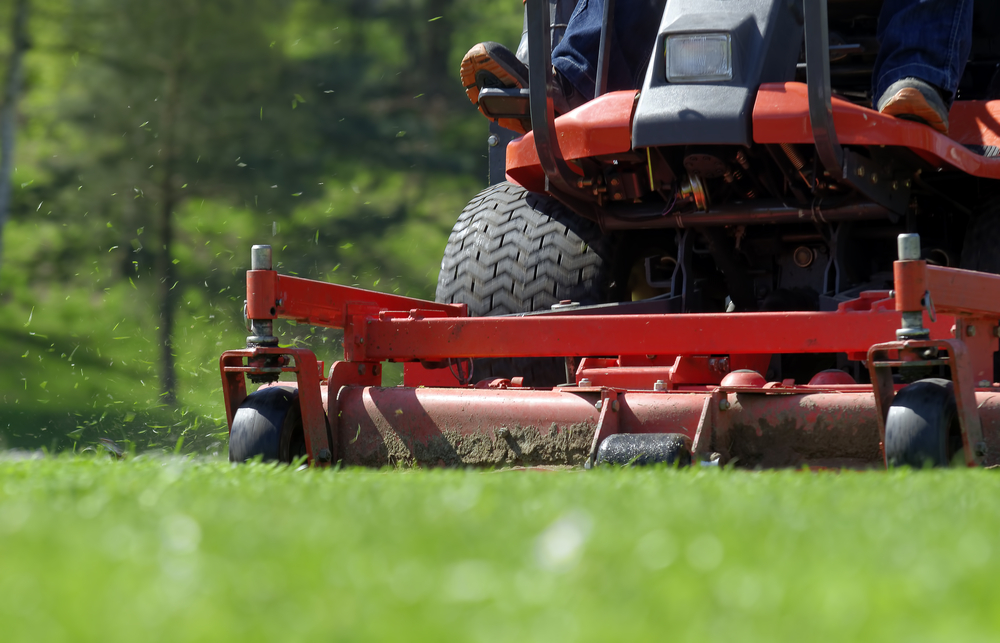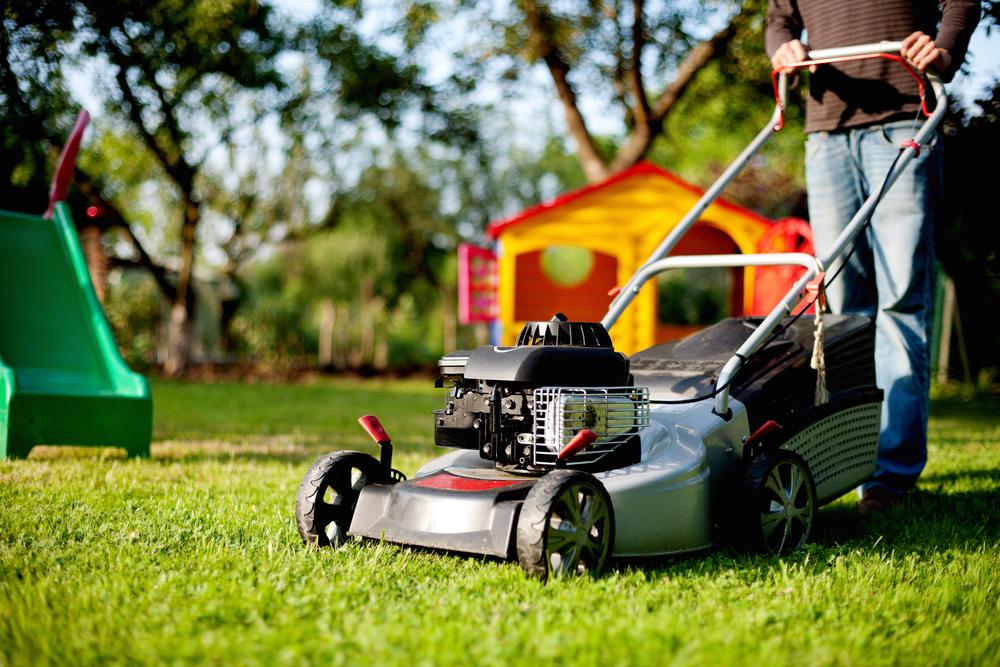Essential FAQs for Compact Riding Lawn Mowers
Discover essential FAQs for small riding lawn mowers, including troubleshooting tips, maintenance advice, and safety features. Learn how to handle common issues like uneven cutting, engine problems, and reversing capabilities. This guide helps owners maintain their equipment efficiently and ensure optimal performance for a pristine lawn.
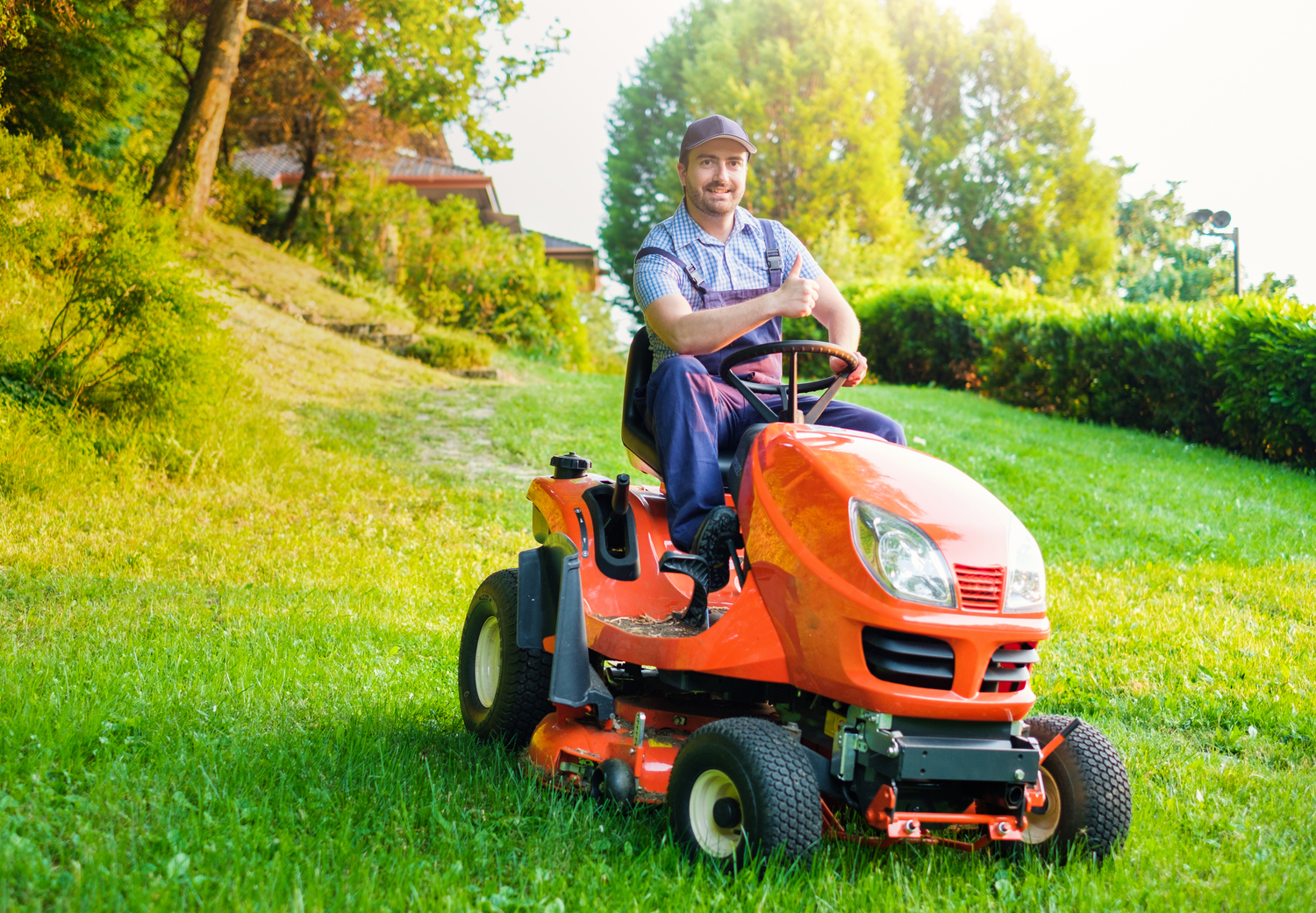
Essential FAQs for Compact Riding Lawn Mowers
If you’re considering purchasing a riding lawn mower or already own one, you're likely someone passionate about gardening and lawn care. These small riding mowers offer unmatched comfort and efficiency, transforming lawn maintenance into a quicker, more enjoyable task. Over time, like any machinery, they might encounter some issues. Understanding common problems and solutions can save you time and money, ensuring your mower operates smoothly and keeps your lawn pristine.
Such equipment can sometimes present challenges, but most issues are manageable with basic troubleshooting.
Replacing parts or troubleshooting minor problems is common with household lawn equipment. Many owners wonder about sourcing replacement engine parts or addressing uneven cutting. Here's a helpful guide to assist you in maintaining and repairing your riding mower effectively.
Can I find replacement engine parts for my compact riding mower?
If your mower is several years old, you may need to replace certain parts periodically, especially blades.
The engine, however, is typically listed separately, making it a bit trickier to replace. Engine parts are often categorized distinctly from other components.
To locate the right engine part, determine your engine’s model number, which can be found on the engine itself—either on the back or side—or by looking up your mower’s model number, which will provide a list of component details.
What should I do if my mower cuts unevenly?
Uneven cutting is most often caused by uneven tire pressure; check and adjust air levels as needed.
Ensure the mower deck is properly leveled.
Inspect blades for dullness—sharpen or replace blades to improve cut quality.
My lawn tractor starts and then stops randomly—what's wrong?
This issue can stem from interconnected safety switches such as seat and brake switches, which prevent engine startup if engaged.
Loose wiring or connections can also cause intermittent starting issues. Additionally, check the brake arm for side-to-side play; tightening it can resolve such problems.
How do I resolve bagging, discharge, or mulching difficulties?
Proper engine speed is crucial—ensure you're operating at full throttle for optimal bagging, discharging, and mulching.
Level the mower deck to ensure a clean cut.
Sharpen or replace blades regularly for the best performance.
My engine emits smoke—should I be concerned?
Engine smoke is common but usually fixable if caught early. Excess oil is often the cause—check and top up or remove excess oil.
Persistent smoke might indicate a damaged crankcase vacuum; inspect and replace faulty parts as needed.
Can a riding mower move backward?
Yes, moving in reverse is typically a safety feature—disengage the cutting deck before reversing.
Some newer models allow reverse mowing; if this feature is important, choose compatible models that permit it.

